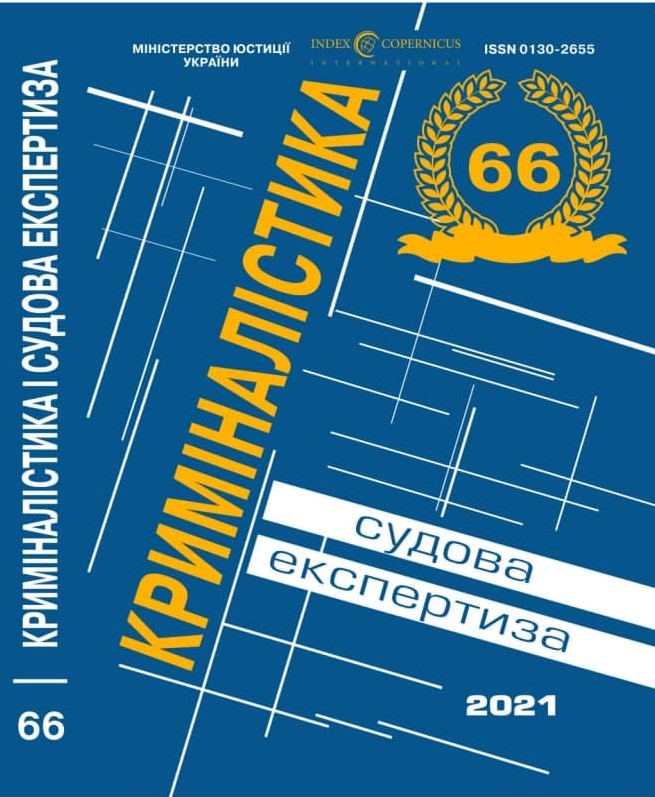
DOI: https://doi.org/10.33994/kndise.2021.66.71
A. Desiatnyk
The article deals with the issues of studying the concept of written language, which is understood as the semantic side of the written exchange of information, expressed through the system of language and graphic skills, and considers the periods of the formation of written language.
The author represents the sides of written language as follows: semantic, formal-linguistic, graphic and its influence on the executor of the manuscript. The concept of written language of an individual is defined, which is understood as a compound self-regulating system, the basis of the functioning of which is a complex of various language skills and means (stylistic, lexical, grammatical). There are given a number of language skills that play a primary and secondary role in the process of executing handwritten text by a certain person.
The usefulness, and to some extent the necessity, of a comprehensive study of handwriting signs (motor skills) and signs of writing (mental skills) is noted.
The article reveals the possibilities of using written language in forensic examination, and offers the concept of signs of written language. The author notes the classification of signs of written language, which is understood as a system of signs of written language, where all the main characteristics of linguistic means are recorded, in order to solve identification, diagnostic and classification problems. The influence of the signs of written language on the identifying the author (performer) of the manuscript is noted, which expands the possibility of giving a correct and reasonable conclusion of the expert.
Key words: manuscript; written language; speech skills, features of written language.










